Which is not adsorption isobar for chemisorption?
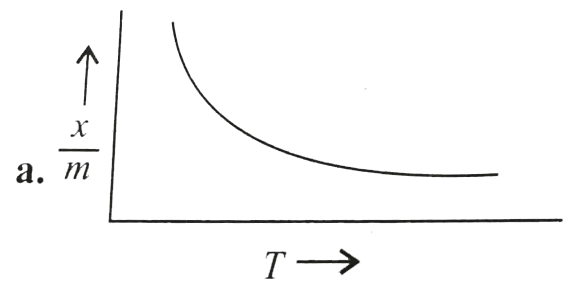
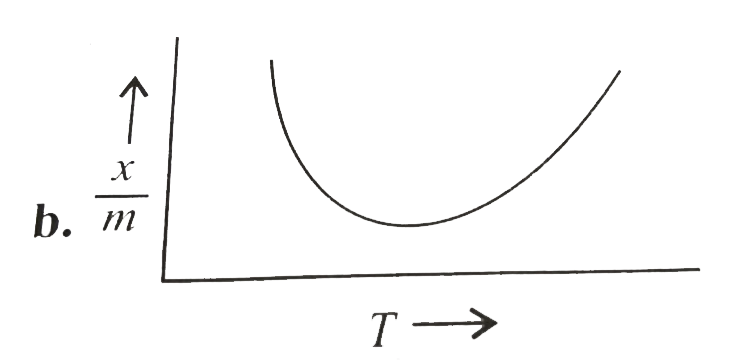

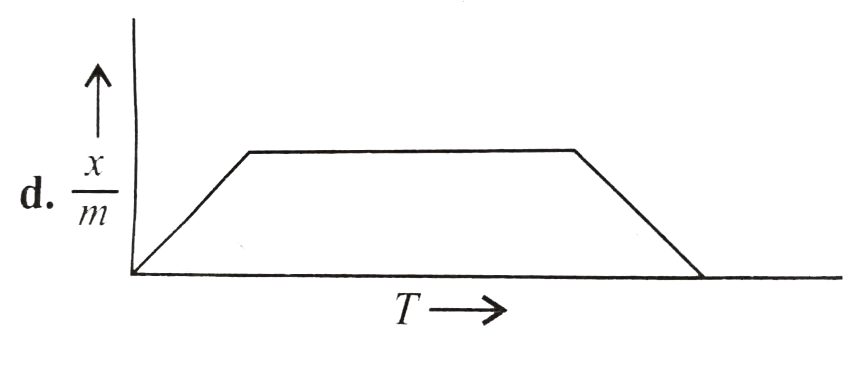
The correct Answer is:A, B, D
To determine which option is not an adsorption isobar for chemisorption, we need to understand the behavior of chemisorption in relation to temperature and the adsorption isotherm.
1. Understand Chemisorption:
- Chemisorption involves the formation of a chemical bond between the adsorbate (the substance being adsorbed) and the adsorbent (the surface on which adsorption occurs). This process typically requires activation energy.
2. Effect of Temperature on Chemisorption:
- As temperature increases, the rate of chemisorption generally increases because the molecules have more kinetic energy, which helps overcome the activation energy barrier.
- However, if the temperature continues to increase beyond a certain point, the chemical bonds formed during chemisorption can break, leading to desorption.
3. Adsorption Isotherms:
- Adsorption isotherms describe how the amount of adsorbate on the adsorbent varies with pressure (or concentration) at constant temperature. For chemisorption, the isotherm can show different behaviors depending on the temperature.
4. Analyze the Options:
- We need to evaluate the options given in the question to identify which one does not represent a typical behavior of chemisorption isotherms.
- Generally, for chemisorption, we expect that:
- At low temperatures, as pressure increases, the amount adsorbed (X/YM) increases.
- At moderate temperatures, an increase in temperature may initially increase X/YM until a peak is reached, after which further increases in temperature lead to a decrease in X/YM due to bond breaking.
5. Identify the Incorrect Option:
- After analyzing the behavior of chemisorption with respect to temperature and pressure, we compare the options provided. The option that does not fit the expected behavior of chemisorption isotherms is the one that does not follow the described trend.
6. Conclusion:
- Based on the analysis, we conclude that the option that does not represent an adsorption isobar for chemisorption is the one where the relationship between temperature and X/YM does not align with the expected increase followed by a decrease.
Final Answer:
- The option that is not an adsorption isobar for chemisorption is Option 1 (or whichever option was identified as incorrect based on the analysis).
- Chemisorption involves the formation of a chemical bond between the adsorbate (the substance being adsorbed) and the adsorbent (the surface on which adsorption occurs). This process typically requires activation energy.
- As temperature increases, the rate of chemisorption generally increases because the molecules have more kinetic energy, which helps overcome the activation energy barrier.
- However, if the temperature continues to increase beyond a certain point, the chemical bonds formed during chemisorption can break, leading to desorption.
- Adsorption isotherms describe how the amount of adsorbate on the adsorbent varies with pressure (or concentration) at constant temperature. For chemisorption, the isotherm can show different behaviors depending on the temperature.
- We need to evaluate the options given in the question to identify which one does not represent a typical behavior of chemisorption isotherms.
- Generally, for chemisorption, we expect that:
- At low temperatures, as pressure increases, the amount adsorbed (X/YM) increases.
- At moderate temperatures, an increase in temperature may initially increase X/YM until a peak is reached, after which further increases in temperature lead to a decrease in X/YM due to bond breaking.
- After analyzing the behavior of chemisorption with respect to temperature and pressure, we compare the options provided. The option that does not fit the expected behavior of chemisorption isotherms is the one that does not follow the described trend.
- Based on the analysis, we conclude that the option that does not represent an adsorption isobar for chemisorption is the one where the relationship between temperature and X/YM does not align with the expected increase followed by a decrease.
- The option that is not an adsorption isobar for chemisorption is Option 1 (or whichever option was identified as incorrect based on the analysis).
Topper's Solved these Questions
- SURFACE CHEMISTRYBOOK - CENGAGE CHEMISTRY ENGLISHCHAPTER - SURFACE CHEMISTRYEXERCISE - Exercises Single Correct
52 Videos
- SURFACE CHEMISTRYBOOK - CENGAGE CHEMISTRY ENGLISHCHAPTER - SURFACE CHEMISTRYEXERCISE - Single Correct Answer Type
2 Videos
- SURFACE CHEMISTRYBOOK - CENGAGE CHEMISTRY ENGLISHCHAPTER - SURFACE CHEMISTRYEXERCISE - Exercises Link Comprehension
37 Videos
- SOLUTIONSBOOK - CENGAGE CHEMISTRY ENGLISHCHAPTER - SOLUTIONSEXERCISE - Ex 2.3 (Objective)
9 Videos
- SYNTHETIC AND NATURAL POLYMERSBOOK - CENGAGE CHEMISTRY ENGLISHCHAPTER - SYNTHETIC AND NATURAL POLYMERSEXERCISE - Exercises Assertion Reasoning
10 Videos
Similar Questions
Knowledge Check
Which plot is the adsorption isobar for chemisorption?
A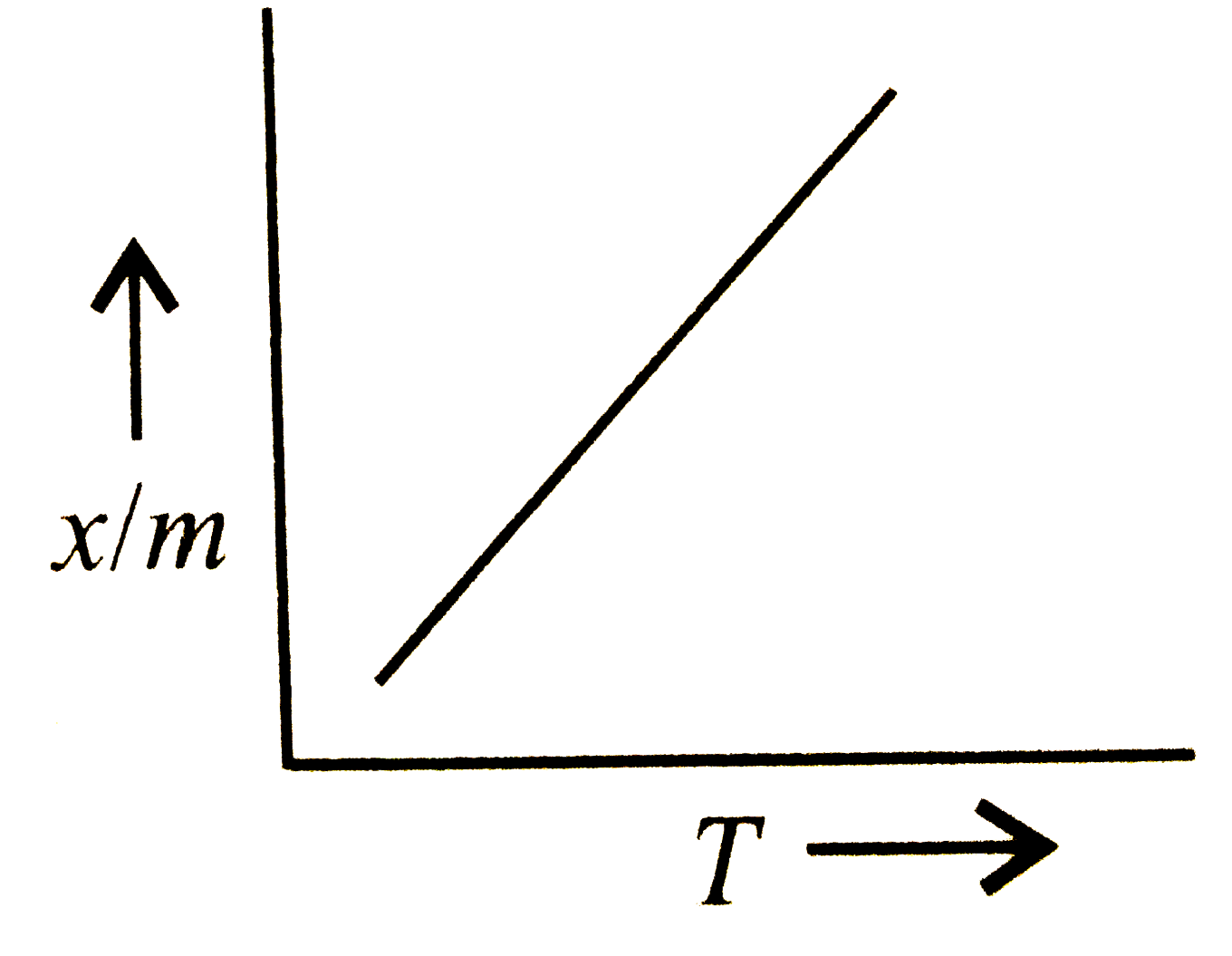 B
B C
C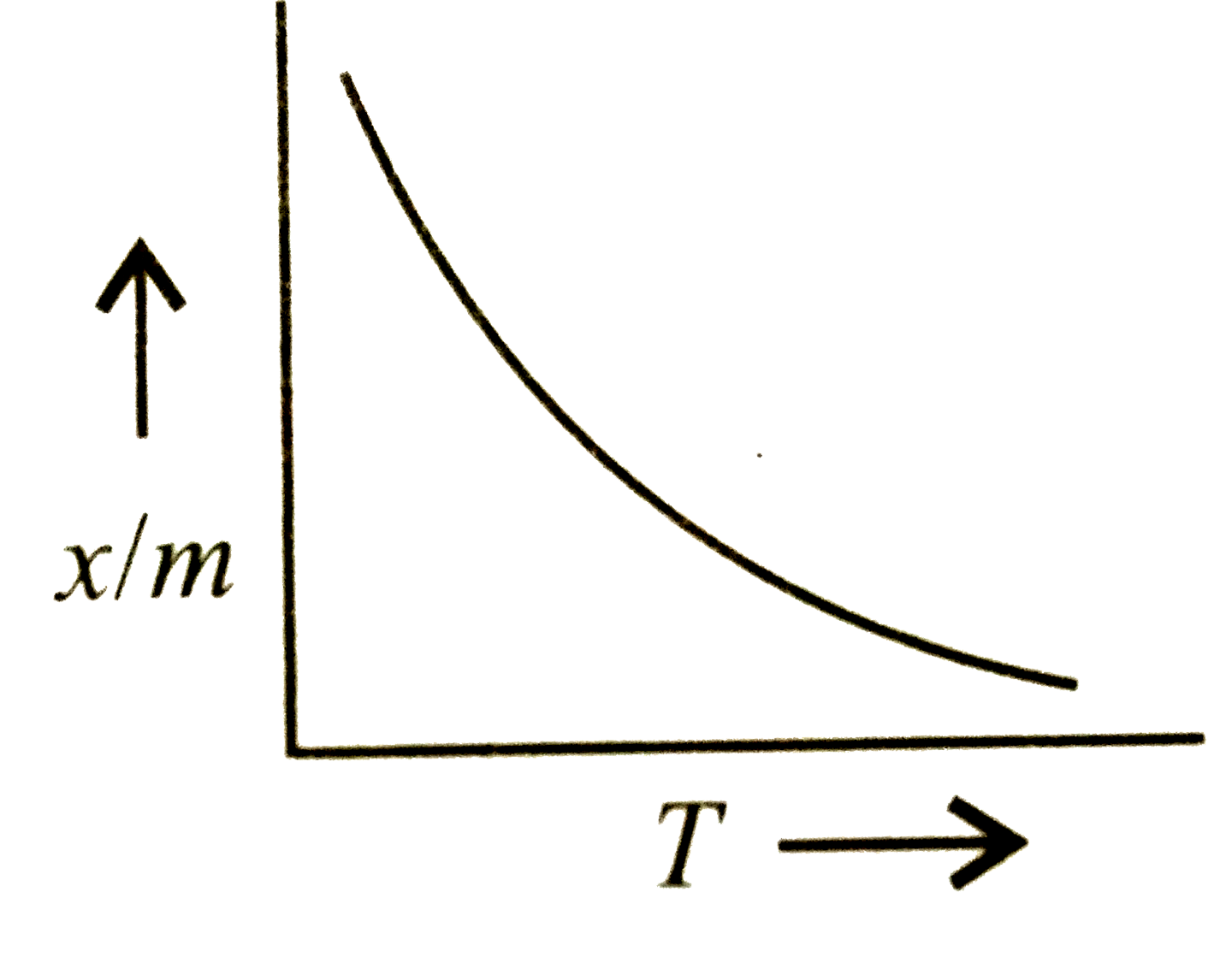 D
D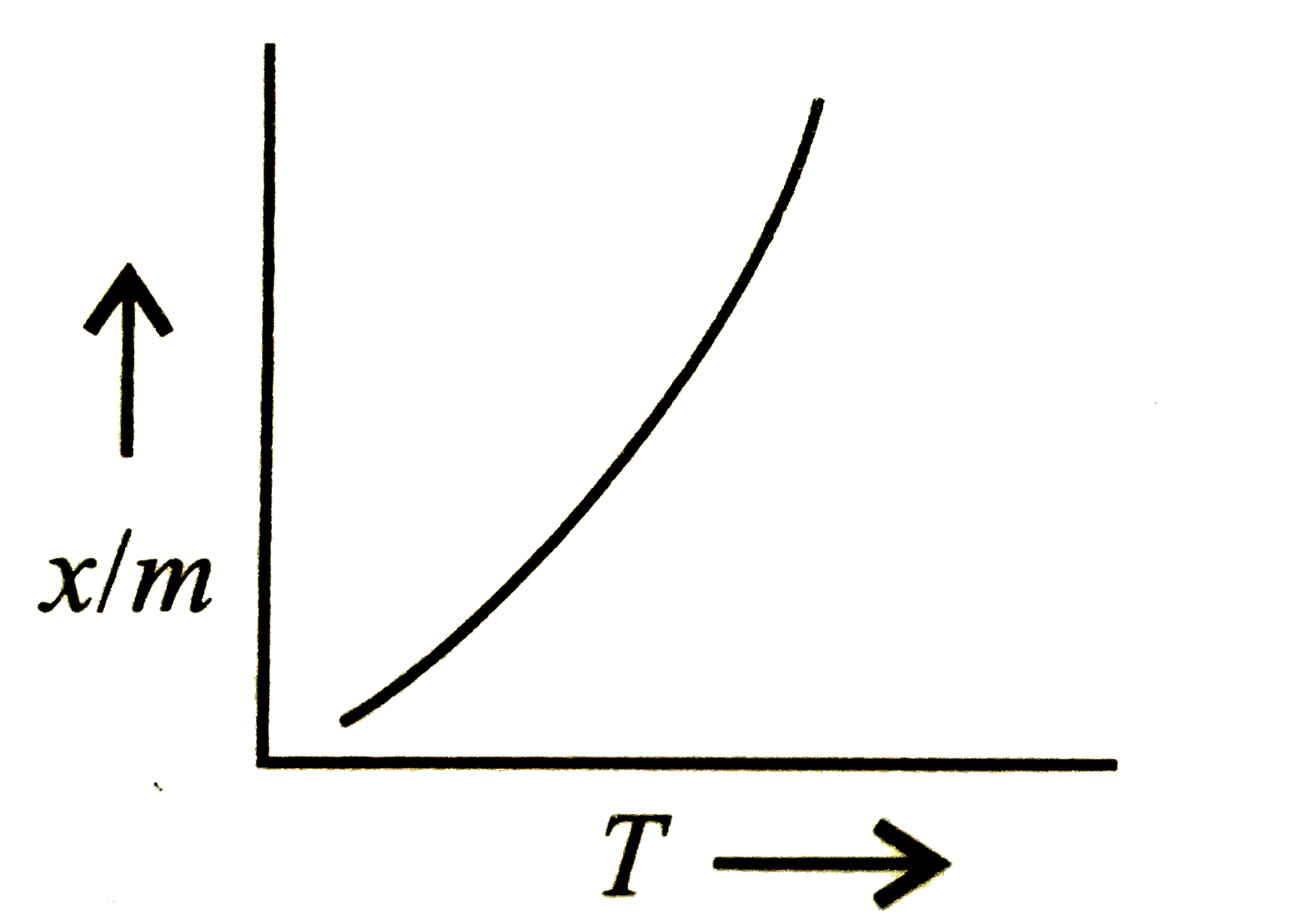
The rate of chemisorption :
Ais independent of pressureBdecreases with increase of pressureCincreases with increase of pressureDnone of these
select correct absorption isobars for chemisoption and physisoption respectivly ,
(where xm = extent of adsorption , T = temperature )
View SolutionWhich statement is incorrect for chemisorption?
View SolutionWhat do you understand by adsorption isotherm and adsorption isobar ? Explain Freundlich adsorption isotherm for the adsorption of gases on solids.
View SolutionDefine adsorption. Write any two features which distinguish physisorption from chemisorption.
View SolutionWhat is meant by chemisorption?
View SolutionWhich statement is correct about chemisorption?
View Solution
